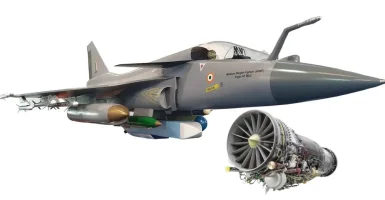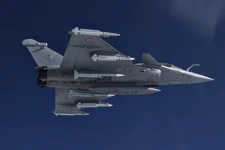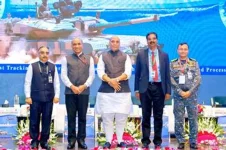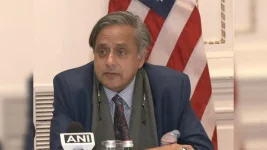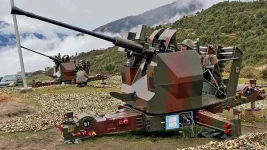- Views: 2K
- Replies: 29

The Indian Navy's selection of Dassault Aviation's Rafale M over Boeing's F/A-18E/F Super Hornet for its carrier-based fighter jet program was heavily influenced by the Rafale M's integrated Infrared Search and Track (IRST) system, according to sources close to the 2022 trials conducted at INS Hansa in Goa.
The IRST system, a passive sensor that detects and tracks aircraft by their infrared signature without emitting radar signals, offers a crucial advantage in modern aerial warfare. This stealthy tracking capability allows fighter jets to identify and engage adversaries without being detected, a critical factor in securing an element of surprise.
While the Rafale M features a built-in IRST system, the F/A-18E/F Super Hornet, even in its latest Block III configuration, lacks this integrated capability. Boeing proposed a podded IRST solution attached to the aircraft's fuel tank, but this workaround raised concerns among Indian Navy evaluators.
The podded IRST's limitations include reduced fuel or weapons carrying capacity, vulnerability to loss in combat or emergency situations, and higher replacement costs. Furthermore, Boeing acknowledged that the podded system was still under development and faced delays in achieving operational maturity, further hindering its appeal.
Beyond the IRST advantage, the Rafale M benefited from the Indian Air Force's existing familiarity with the Rafale platform. This commonality is expected to result in logistical efficiencies, reduced procurement and training costs, and streamlined maintenance procedures. The Rafale M's proven track record with the French Navy also bolstered its credibility.
Although the F/A-18 Super Hornet boasts a strong reputation as a carrier-based fighter, the lack of an integrated IRST system proved to be a significant drawback. The reliance on an external IRST pod raised concerns about operational effectiveness and logistical challenges, particularly in missions requiring high levels of stealth and adaptability.
As potential adversaries increasingly field stealth aircraft designed to evade radar detection, IRST systems are becoming indispensable for maintaining an edge in aerial combat. The Rafale M's integrated IRST capability, coupled with its performance record and synergy with the Indian Air Force's Rafale fleet, ultimately tipped the scales in its favor.

